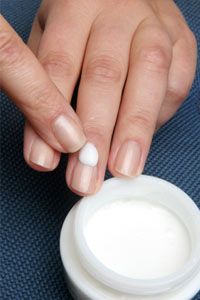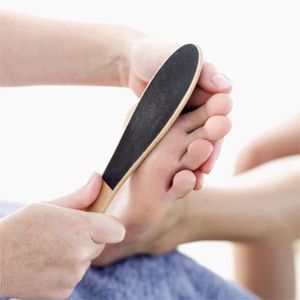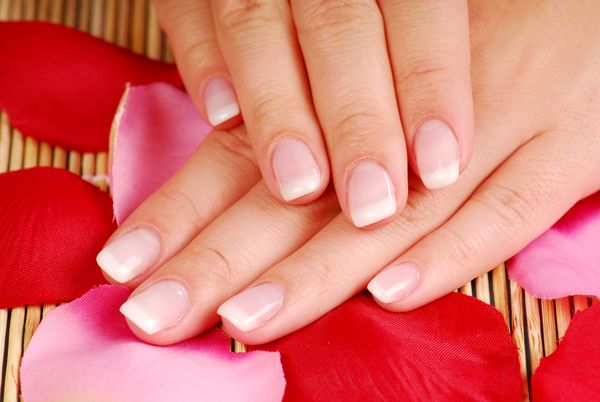Most people don't give a lot of thought to their nails beyond applying a little polish or trying not to gnaw them during a stressful commute. But your nails are actually very important. They protect the tips of your fingers and toes, and they aid you in many of life's small tasks. And like it or not, gnarly nails can tell a lot about an individual's attention -- or lack thereof -- to detail.
Most people can agree that a jagged or broken nail has a big impact on seemingly mundane tasks, such as pulling on a pair of socks or pantyhose. Despite their practical importance, however, nails get very little regard or appreciation -- few of us know how to keep our nails healthy and in good shape. Almost one quarter of the people in the United States have what's known as brittle nail syndrome [source: Wadyka]. Brittle nails break and chip easily, and they may also peel off in layers. They are much more likely to have jagged, rough edges instead of a smooth surface.
Advertisement
Although some health conditions may lead to brittle nails, dry nails also are caused by activities such as washing dishes and using harsh cleaning products [source: American Osteopathic College of Dermatology]. The very things that make your nails look shiny and beautiful can also cause them to be brittle and breakable. Ingredients in nail polish, such as formaldehyde, can dry out nails. And nail polish remover is doubly damaging. The acetone in many removers is extremely drying to nails.
For the majority of people with brittle, dry nails, the best treatment is the most simple: moisturize. If you want to learn more about healthy nails, discover ways to avoid brittle nails and get some tips to help you moisturize your nails effectively, then read on.
Advertisement


